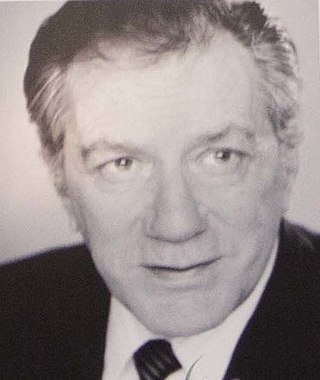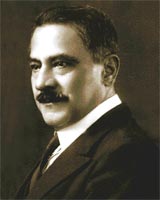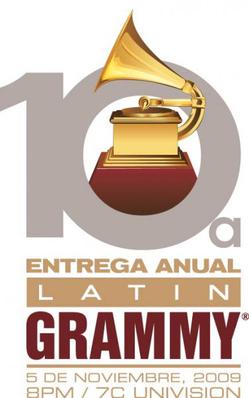
Andean music is a group of styles of music from the Andes region in South America.
Chilean music refers to all kinds of music developed in Chile, or by Chileans in other countries, from the arrival of the Spanish conquistadors to the modern day. It also includes the native pre-Columbian music from what is today Chilean territory.
Los Jairas was a Bolivian folk music group that was active in the 1960s. Their work features the charango, a stringed instrument from Bolivia.

Huayno is a genre of popular Andean music and dance. It is especially common in Peru, Western Bolivia, Northern Argentina and Northern Chile, and is practiced by a variety of ethnic groups, especially the Quechua people. The history of Huayno dates back to colonial Peru as a combination of traditional rural folk music and popular urban dance music. High-pitched vocals are accompanied by a variety of instruments, including quena (flute), harp, siku (panpipe), accordion, saxophone, charango, lute, violin, guitar, and mandolin. Some elements of huayno originate in the music of the pre-Columbian Andes, especially on the territory of the former Inca Empire. Huayno utilizes a distinctive rhythm in which the first beat is stressed and followed by two short beats.

Los Fronterizos is an Argentine musical band consisting of four men. The group was established in 1953 in the northern province of Salta -- bordering on Bolivia -- from which "Los Fronterizos" is derived.
Latin American literature consists of the oral and written literature of Latin America in several languages, particularly in Spanish, Portuguese, and the indigenous languages of the Americas. It rose to particular prominence globally during the second half of the 20th century, largely due to the international success of the style known as magical realism. As such, the region's literature is often associated solely with this style, with the 20th century literary movement known as Latin American Boom, and with its most famous exponent, Gabriel García Márquez. Latin American literature has a rich and complex tradition of literary production that dates back many centuries.

El cóndor pasa is a Peruvian zarzuela whose music was composed by Peruvian songwriter Daniel Alomía Robles in 1913 with a script written by Julio de La Paz. This zarzuela is written in prose and consists of one musical play and two acts.

Jorge Cumbo was an Argentine musician who played the Andean quena flute, combining jazz and Argentine folklore. After early encounters with folklore under his mentor Chango Farías Gomez, and three years at the conservatory, Cumbo discovered the quena flute. After learning the quena from Una Ramos, Cumbo joined Ramos and Jorge Milchberg in the group "Urubamba" with whom he performed from 1970 to 1976. In 1973, "Urubamba" became famous through their cooperation with Paul Simon.

Mecha Ortiz was a classic Argentine actress who appeared in films between 1937 and 1981, during the Golden Age of Argentine Cinema. At the 1944 Argentine Film Critics Association Awards, Ortiz won the Silver Condor Award for Best Actress for her performance in Safo, historia de una pasión (1943), and won it again in 1946 for her performance in El canto del cisne (1945). She was known as the Argentine Greta Garbo and for playing mysterious characters, who suffered by past misfortunes in love, mental disorders, or forbidden love. Safo, historia de una pasión was the first erotic Argentine film, though there was no nudity. She also played in the first film in which a woman struck a man and the first film with a lesbian romance. In 1981, she was awarded the Grand Prize for actresses from the National Endowment for the Arts.
"El Cóndor Pasa" is an orchestral musical piece from the zarzuela El Cóndor Pasa by the Peruvian composer Daniel Alomía Robles, written in 1913 and based on traditional Andean music, specifically folk music from Peru.

Joaquín Cordero was a Mexican actor of the cinema, theatre and telenovelas.

Daniel Alomía Robles was a Peruvian composer and ethnomusicologist. He is best known for composing the song "El Cóndor Pasa" in 1913 as part of a zarzuela — a musical play that alternates between spoken and sung parts — of the same name. This song was based on Andean folk songs and is possibly the best known Peruvian song, partly due to the worldwide success that the melody obtained when it was used by Simon and Garfunkel as their music for "El Cóndor Pasa ", although that song has different lyrics.

For the Good Times, fully titled For the Good Times (and Other Country Moods), is the forty-second studio album by guitarist Chet Atkins. At the Grammy Awards of 1972, "Snowbird" won the Grammy Award for Best Country Instrumental Performance. The album peaked at number 17 on the Billboard Country Albums charts.

Mambo is the fifth studio album by Spanish duo Azúcar Moreno, released on CBS-Epic in 1991.

Jorge Salcedo was a popular Argentine actor of radio, television and feature films, who appeared in film between 1941 and 1980.

The 10th Annual Latin Grammy Awards took place on Thursday, November 5, 2009, at the Mandalay Bay Events Center in Las Vegas, Nevada. This was the second time the show took place in Las Vegas. Juan Gabriel was honored as the Latin Recording Academy Person of the Year on November 4, the day prior to the telecast. Calle 13 were the big winners, winning five awards including Album of the Year. 2009 marked the tenth anniversary of the Latin Grammy Awards.

Mariano Uña Ramos was an Argentinian musician.
Milo Quesada, born as Raúl García Alonso, was an Argentine actor.
"Cuando calienta el sol" is a popular Spanish language song originally composed as "Cuando calienta el sol en Masachapa", Masachapa being a coastal town in Nicaragua. The music was written by Rafael Gaston Perez, a Nicaraguan songwriter and bandleader. SADAIC also credits the Argentine composer Carlos Albert Martinoli.

The folkloric music of Argentina traces its roots to the multiplicity of native indigenous cultures. It was shaped by four major historical-cultural events: Spanish colonization and forced African immigration caused by the slave trade during the Spanish domination ; the large wave of European immigration (1880–1950) and the large-scale internal migration (1930–1980).














